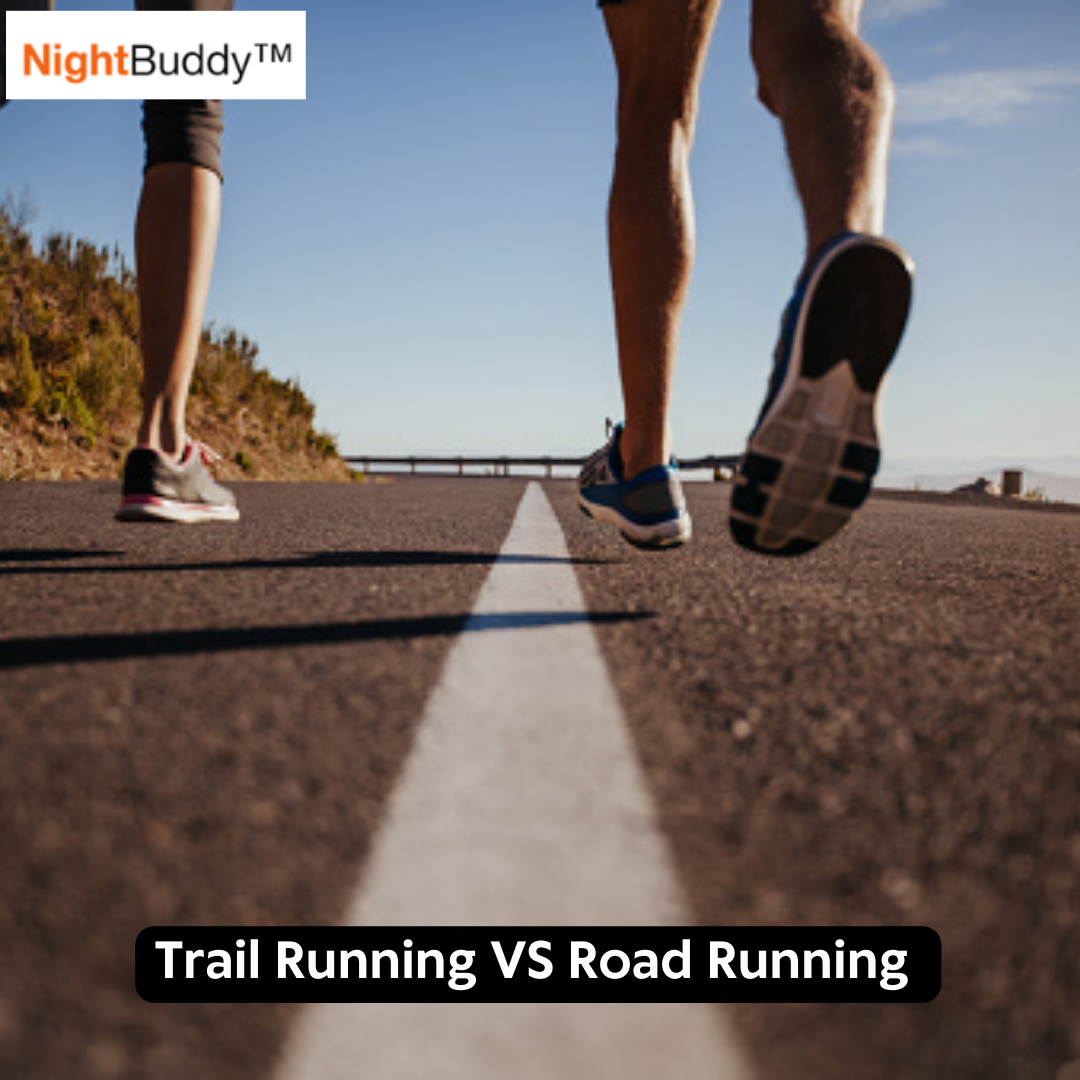12 tips for trail running at night
Trail running in the woods at night can be fun. There are fewer distractions, a peaceful environment, and a better temperature.
Also, if you are busy all day, this time is perfect for outdoor adventure. Of course, it has many benefits (for example the benefits of running at night), but night runs can also welcome some surprises.
There is low visibility, and there can be animal encounters. But, with some right precautions, you can significantly minimize the dangers of trail running.
If you are looking for tips to experience the best trail running at night. Keep reading; here are some tips to make trail running safe and enjoyable.
#1 Eat Well
Nighttime runs after a hectic schedule mean you need good energy. So, after having a busy or casual day, don't go for a night run trying to burn fat on an empty stomach.
Instead, you can have light food like a banana, shake, or smoothie before two or three hours of running.
#2 Don't Get Too Comfy Before Running
If you plan to explore the trails at night, you should not get comfortable.
Eating too much, sleeping, and getting comfortable after work are not recommended. Instead, stay in action, warm up, or go straight to run after work.
#3 Say no to Headphones
Do you love listening to music while you work out?
Leave this habit if you are going for nighttime trail running because wildlife, vehicle sounds, etc., can be missed. It would be best to be as alert as possible during night runs.
#4 Know the Trail
A little study and background check about the trails is important. To do so, you should opt for familiar routes.
Also, you can study the maps and download offline maps on your mobile. Also see the guide on road vs trail running
#5 Tell Others
It's best to take someone with you for night runs. But, if you love to explore nature solo, you can tell near and dear ones.
You can send them the location of trails or even share the location to stay safe.
#6 Check the Weather Forecasts
Thanks to technology, you can check the weather forecast in seconds. Unpredicted extreme weather can occur anytime.
It can be cold weather, intense heat, etc. Also, there can be rain, thunderstorms, or other warnings. So, following precautions for weather are a must at nighttime running because this will help you avoid mishappenings.
#7 Know the Area
You should prepare yourself by having a thorough knowledge of the area. For example, you can ask locals or research wildlife, dangerous plants, and more.
Also, know about the locals, potential risks, etc. This will help you stay prepared.
#8 Additional Lighting

You must have access to a reliable light source in nighttime running. The options are headlamps, waist lamps, handheld lights, etc., but the best and most convenient are headlamps.
They let you be hand free so that you can focus on running. You can go for light with the brightest lumens, no bounce, and good battery life like NightBuddy™ 230º LED Headlamp with sensor touch.
Also, options like adjustable beam light and controls for brightness levels are great. Remember to carry spare batteries for the light.
#9 An Equipped Phone
A fully charged phone with GPS enabled is vital for nighttime trail runs. It will come in handy if you forget the route or want to call for help.
Also, remember to download offline maps and have a thorough knowledge of the area.
#10 Runners Backpack With Essentials
A runner's backpack is one of the most essential gear for night runs. It is a sleek bag to keep your phone, batteries, extra clothing, etc.
The best part is that it comes with a water cylinder having an extended drinking pipe.
So you can stay hydrated without removing the backpack. Also, keep some snacks and enough water.
#11 Essential Clothing
You should have protective clothing which is sufficient for all types of weather conditions.
Perfect clothing to withstand heat exposure, rain, and cold is suitable. You can carry a rain jacket, extra socks, etc. Also, stay visible by wearing reflective clothing in dark trails.
#12 Double up Protection With Some Essentials
Here are some extras you can carry if you think the trail can be unexpected:
Bear Spray: Black bears and brown bears can be common in some forest trails. Also, they come to lower locations in search of food.
So, carry bear pepper spray, which will help you if you encounter one.
Whistle: Wild animals, like bears, etc., don't want to interact with humans. But they attack if they sense danger.
So, blow whistles so that they don't come in your way. Also, whistling can be helpful if you lose track and want help.
Follow these important tips to enjoy the peaceful and adventurous trail running in the woods at night. Little precautions can go a long way. So, have a fun running night session.
FAQs
Is night trail running harder than running?
Trail running has uneven terrain, and there is no bright daylight. Therefore, this time of day can welcome dangerous wildlife, slopes, hills, etc. But, knowledge of trails and taking precautions can make it safe and beneficial. You will hear many people saying it's harder to go for night runs.
How many lumens do I need for trail running at night?
Your source of light can have 200 to 800 lumens. For trail running at night, 500 lumens and above is good. Choose a light with minimal bounce and a good battery.
Why does running at night feel so good?
Running at night feels fun because there is quiet, peace, and fewer vehicles. Also, the temperature is favorable at night, which makes it relaxing.
Read also;
- Benefits of Trail Running at Night
- How Many Lumens for Trail Running
- 3 best ways to burn fat running






Leave a comment
This site is protected by hCaptcha and the hCaptcha Privacy Policy and Terms of Service apply.